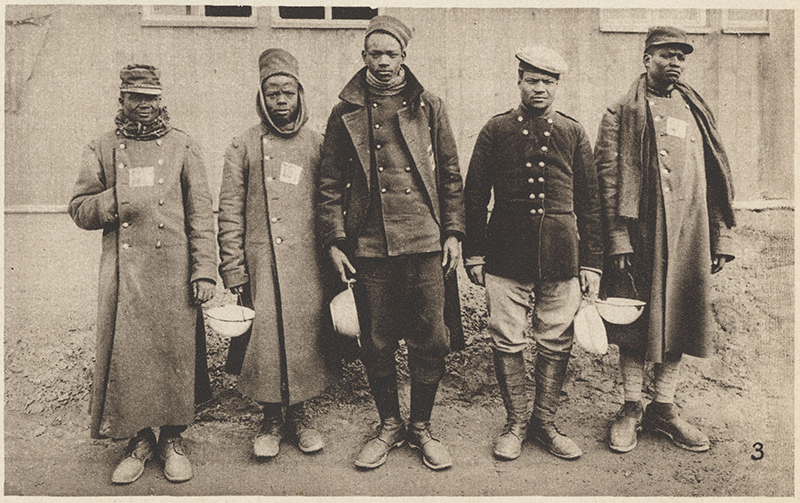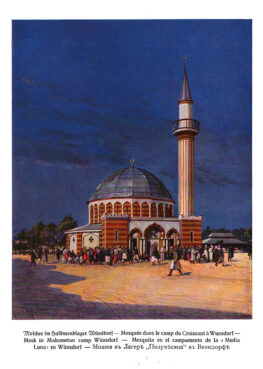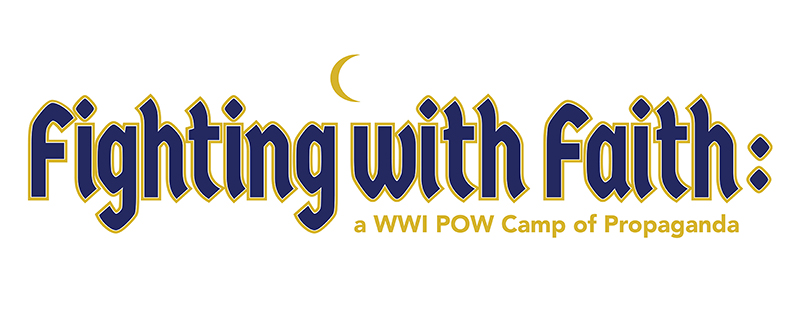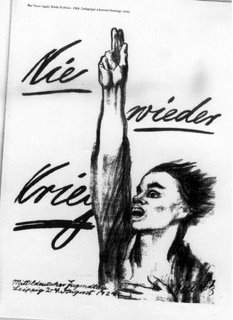The impact of WWI on the 20th Century.
It was birth of modern capitalism and imperialism and the death of fin de sicle 19th century. As Hobsbawm wrote the modern 20th century begins with WWI and ends with the downfall of the Soviet Union in 1989.
This was an Imperialist War. It had no purpose other than as an internecine conflict to reshape the world for the European Imperial powers. As a result it ended the age of Empires, the old colonial powers in Europe, the Ottoman Empire, all met their inglorious end with WWI.
WWI was the violent cesarian birth of modern capitalism. It aided in the rapid development of Fordist production in the United States. As result Amercia surpassed England to become the future capitalist empire replacing the old Empires of Europe.
It wiped out an entire generation, the lost generation of Fitzgerald.
As a result of this war radical movements in art formed in Europe such as Dada, Futurism, Surrealism and the whole modernist movement in Art.
The war spirit the warrior culture of WWI would create the conditions for fascism begining with the Futurist movement in art. Mussolini and Hitler both embraced the warrior kulturekampf of futurism.
It would shrink the world with the development of a mass diaspora from Europe to America resulting in the creation of Hollywood, mass media, travel literature, mass advertsing (based on the propaganda efforts used in WWI). See Gothic Capitalism Redux
The world had never experienced a world war before, and thus the creation of the global village and the preconditions for 21st Century globalization were laid out in the creation of a new politics of international relations, the League of Nations and Wilsonian inspired Nationalist movements.
That without this war there would have been no Russian Revolution. As a result of poor working conditions, war profitering and lack of veterans pensions and support WWI created the revolutionary conditions for the mass General Strikes world wide during 1919.Several of these created revolutionary situations of workers power, soviets, in Europe specifically in Russai,Italy and Germany.
The psychic devistation, as much as its physical destruction, of WWI resulted in an Occult Revival in Europe and North America, like the workers movement, this had as much to do with searching for a better world, a better future, one without war.
As result of WWI new utopian socialist movements and populist reform/revolts spread through-out Europe and North America. Including in Western Canada Social Credit, and the Cooperative Commonwealth Federation, etc. Many of these movements looked towards new distributive models of sharing the wealth. Some like the IWW, Anarcho-Syndicalism and Technocracy advocated an new form of production and distribution models under workers control.
As result of WWI there was the contradiction that some of the utopian movements in art, politics, science, religion, philosophy, economics would be socialist and some would be fascist.
It resovled nothing in Europe, leading to the rise of fascism in Germany due to the economic oppression of the allies demands on the defeated nation.
WWI created the conditions for future of anti-semitism through the creation of the protocols of the Elders of Zion and the Zionist nationalist movement.
That WWI created the modern middle east. The area was divided up by the Imperialist nations, creating modern Iraq, Syria etc. This was a direct result of the discovery of oil which became the life blood of the new Fordist capitalism.
As the result of the post WWI colonization of the Middle East by the declining Imperial powers, modernist culture responded with a fascination for orientalism.
As a result of the technological advances in chemistry, etc. we moved from organic biological pharmacy to new plastic based chemistry and mass production. This was a result of the use of gas warfare. As a result it led to new advances in medicine including the need for mass public medicine as a result of the tragedy in the trenches and the Post War influenza epidemic.
New weapons of war and technology; tanks, motorcycles, planes, heavy ships, submarines,the machine gun, radar, sonar, TV, etc. were introduced during and directly as a result of WWI. The space program began as a result of rocket experimentation arising from the war.
As result of WWI the second wave of modern Feminism began lobbying for womens sufferage, birth control, sex education, the flapper became popular, women smoked cigarettes to show their liberation in popular culture.
It created the Jazz age, the short boom between 1920-1929. This included the rise of Afro-American culture in the US jazz music, blues, modern dance, etc. And its popularity in Europe especially France.
That it created an exile community of Americans abroad, writers, painters, thinkers, publishers, artists, etc. Paris became the home of a generational diaspora of Americans.
Finally it created the Canadian identity as a Nation State with our involvement in the War. A History of Canadian Wealth, 1914.
Rememberance Day Special here are articles I have done related to WWI:
Royal Newfoundlanders Died For the Seal Hunt
Draft Dodgers in Dukhbour Country
Stanway's Sombre Reflection on Somme
WWI Xmas Mutiny
Christmas in the Trenches
The Vimy MythCanada's First Internment Camps
Canada’s Long History of Criminalizing Dissent
Rebel Yell
Find blog posts, photos, events and more off-site about:
WWI, Nov11, Lestweforget, Rememberance-day, Remeberance, war, veterans, history, modernism, feminsm, veterans-day, 20thCentury,






